Urban environments aren’t just for humans—they’re also home to a surprising variety of animals. While many coexist peacefully with city life, some can pose unexpected dangers. From aggressive predators to stealthy scavengers, these animals can disrupt daily routines or, in rare cases, pose serious threats. Here are 15 animals commonly found in urban areas that might make you think twice before taking a stroll.
1. Coyotes: Opportunistic Predators
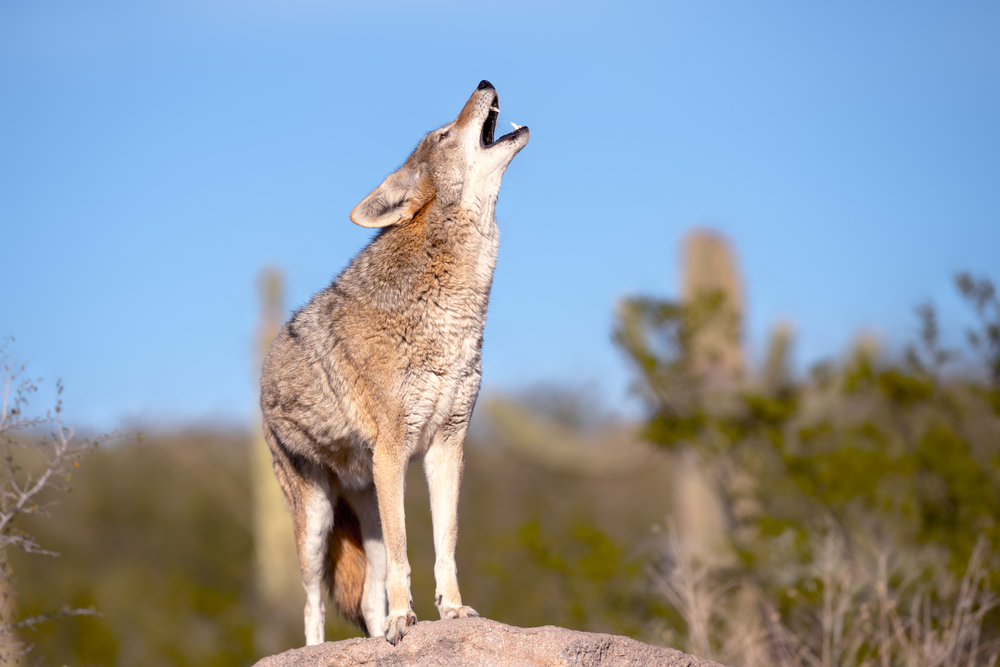
Coyotes have adapted remarkably well to urban life, often venturing into neighborhoods in search of food. While they typically avoid humans, their boldness increases when they become accustomed to people. Small pets, outdoor garbage, and even unattended children can attract these predators. Their agility and cunning make them unpredictable, requiring vigilance in areas where they’re known to roam.
2. Rats: Disease-Carrying Menace
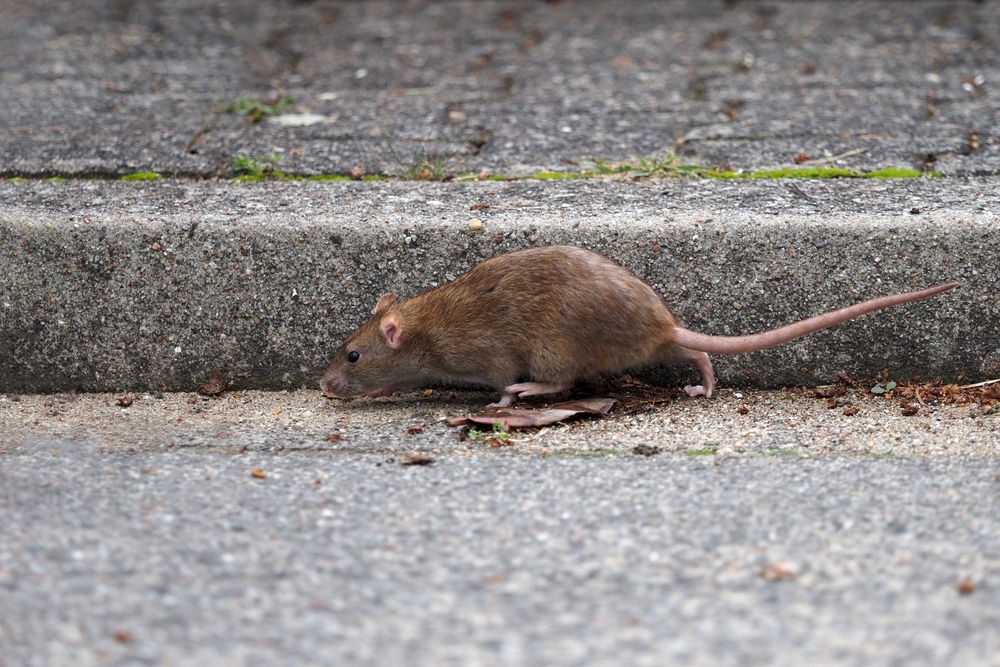
Rats are synonymous with urban life, but their presence is more than just an inconvenience. These rodents carry a host of diseases, including leptospirosis and hantavirus, which can be transmitted through their droppings or bites. Their tendency to chew through wires and structures also poses risks to buildings, making them a health and safety hazard that’s hard to ignore.
3. Feral Dogs: Pack Mentality Dangers
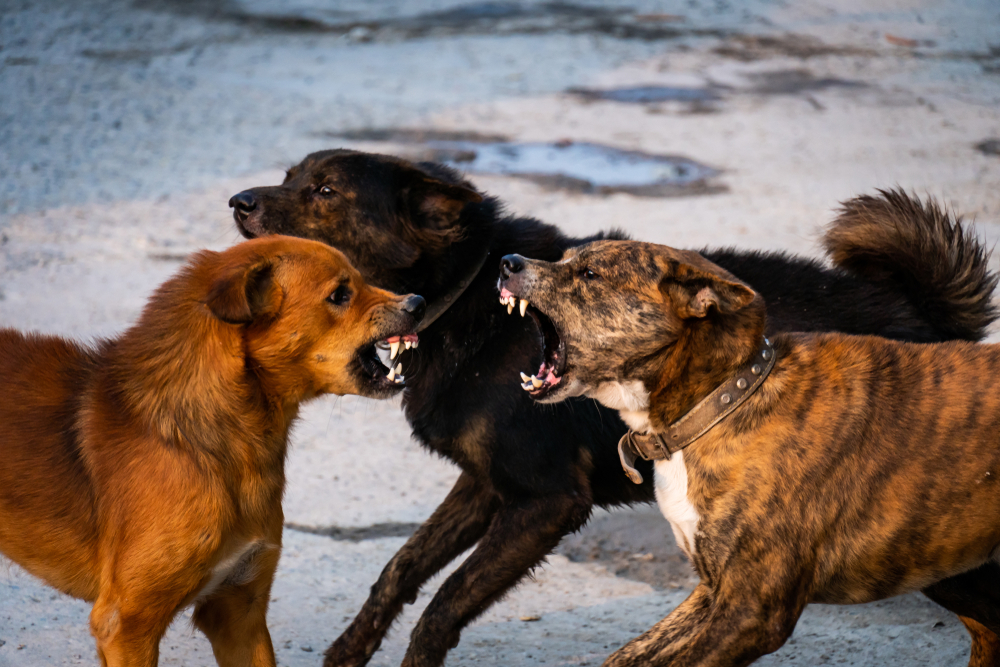
While domesticated dogs are a source of joy, feral dogs living in urban areas can be unpredictable and dangerous. Often forming packs, they may become aggressive, especially if food is scarce or they feel threatened. Encounters with feral dogs can lead to bites or even rabies transmission, underscoring the importance of caution around stray animals.
4. Pigeons: Airborne Health Risks
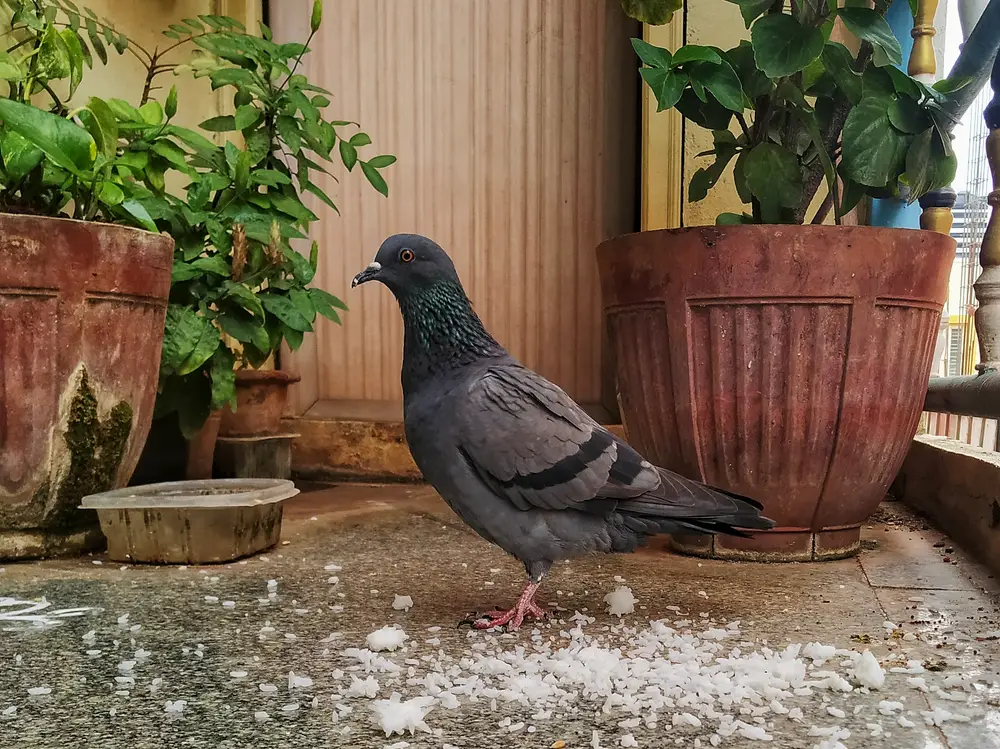
Pigeons might seem harmless, but they’re carriers of diseases like histoplasmosis and psittacosis, which can spread through their droppings. Their droppings also corrode buildings and monuments, leading to costly damage. The sheer volume of urban pigeon populations means they’re not just a nuisance—they’re a legitimate health concern in densely populated areas.
5. Raccoons: Masked Mischief Makers
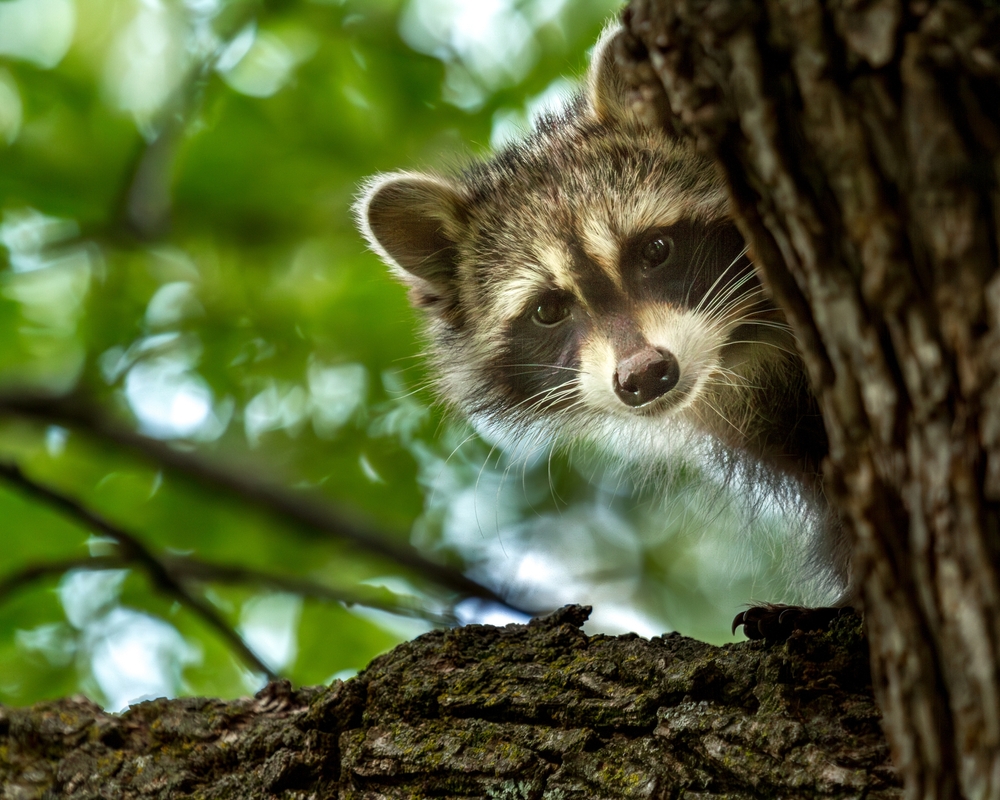
Raccoons may look adorable, but their curiosity and dexterity can lead to serious issues. Known for rummaging through trash and invading homes, raccoons carry diseases like rabies and leptospirosis. They’re also aggressive when cornered or protecting their young, making them a potential threat to pets and humans alike.
6. Stray Cats: Stealthy Hunters
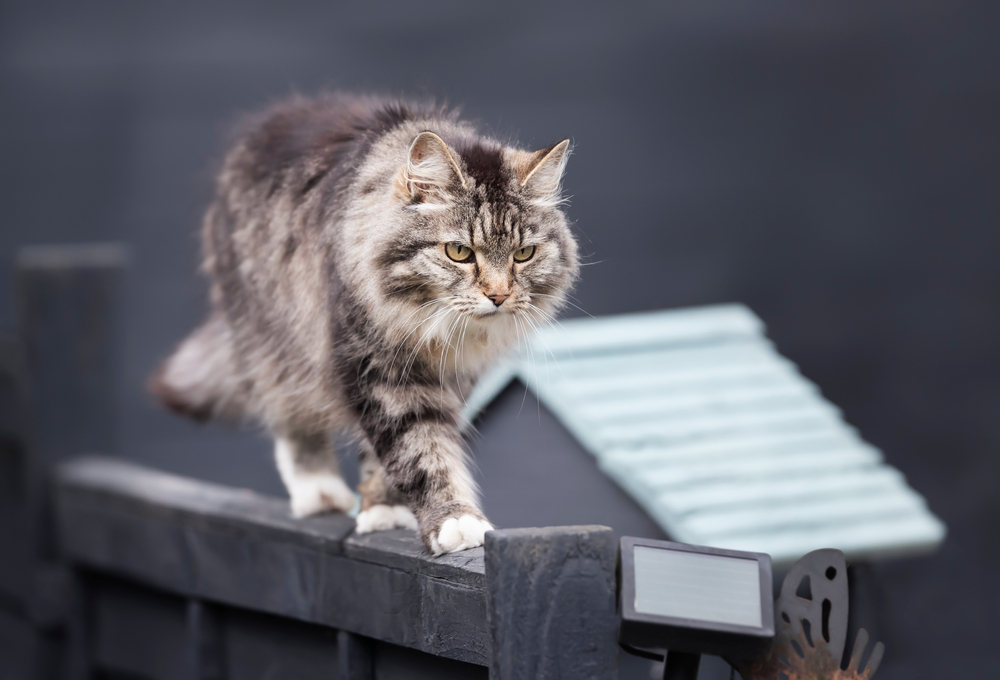
Stray cats might not seem dangerous at first glance, but their impact on urban ecosystems is significant. They’re skilled hunters, often preying on birds and small mammals, which disrupts local wildlife. Additionally, they can spread diseases like toxoplasmosis and feline leukemia to other animals and humans through their droppings or bites.
7. Snakes: Slithering Surprises
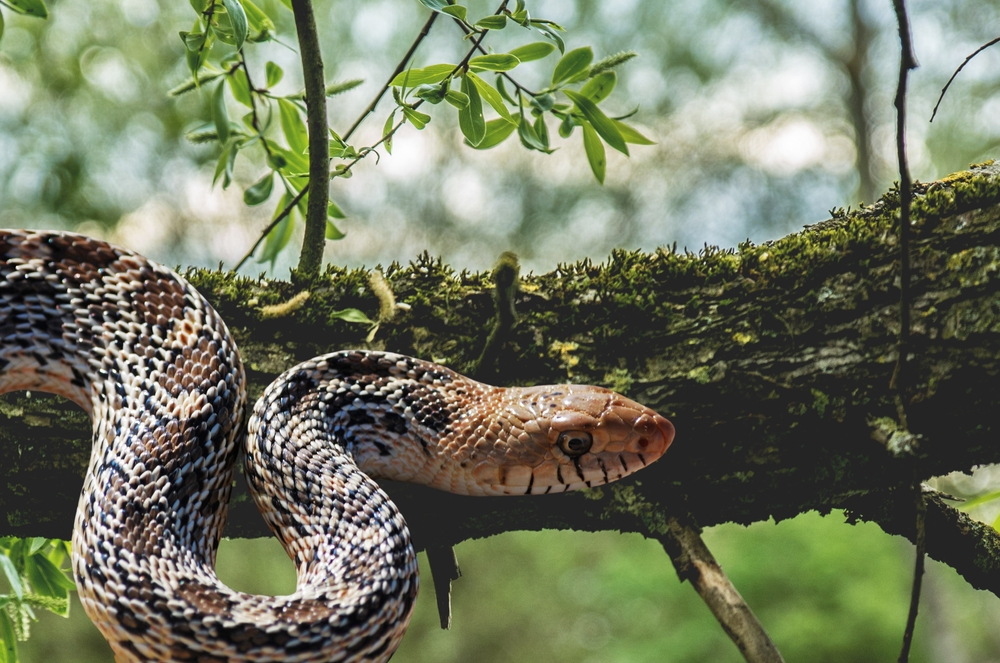
Urban areas can attract certain snake species, especially in warmer climates. While many are non-venomous, some dangerous species, like rattlesnakes or cobras in certain parts of the world, can find refuge in parks, gardens, or abandoned structures. Accidental encounters can lead to bites that require immediate medical attention.
8. Monkeys: Mischievous but Aggressive
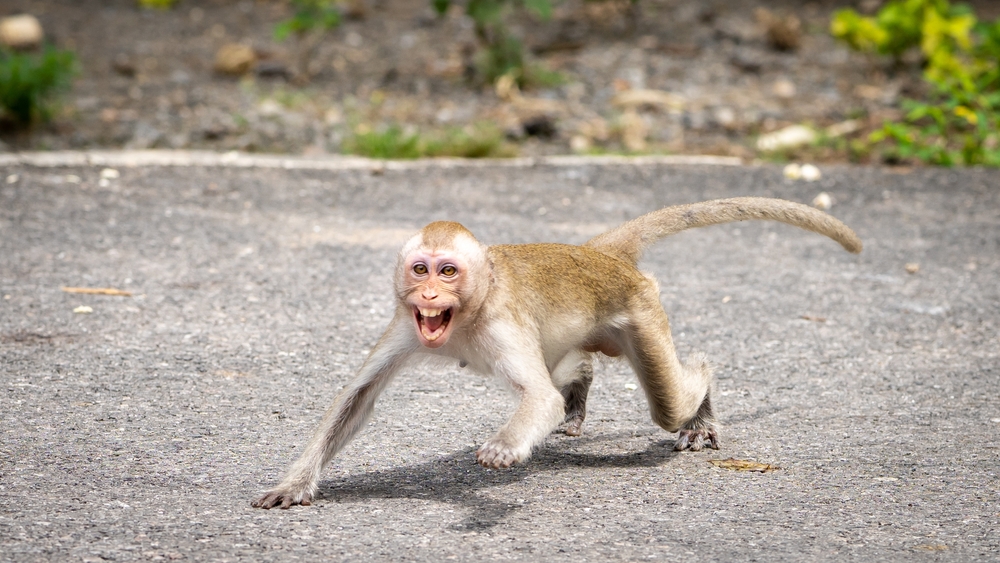
In some urban areas, monkeys have adapted to human presence, often raiding homes and marketplaces for food. While their antics can seem playful, monkeys can become aggressive if provoked or when competing for resources. Their bites and scratches carry risks of diseases like rabies and herpes B virus, making them a serious concern in regions where they’re common.
9. Bears: Unexpected Visitors
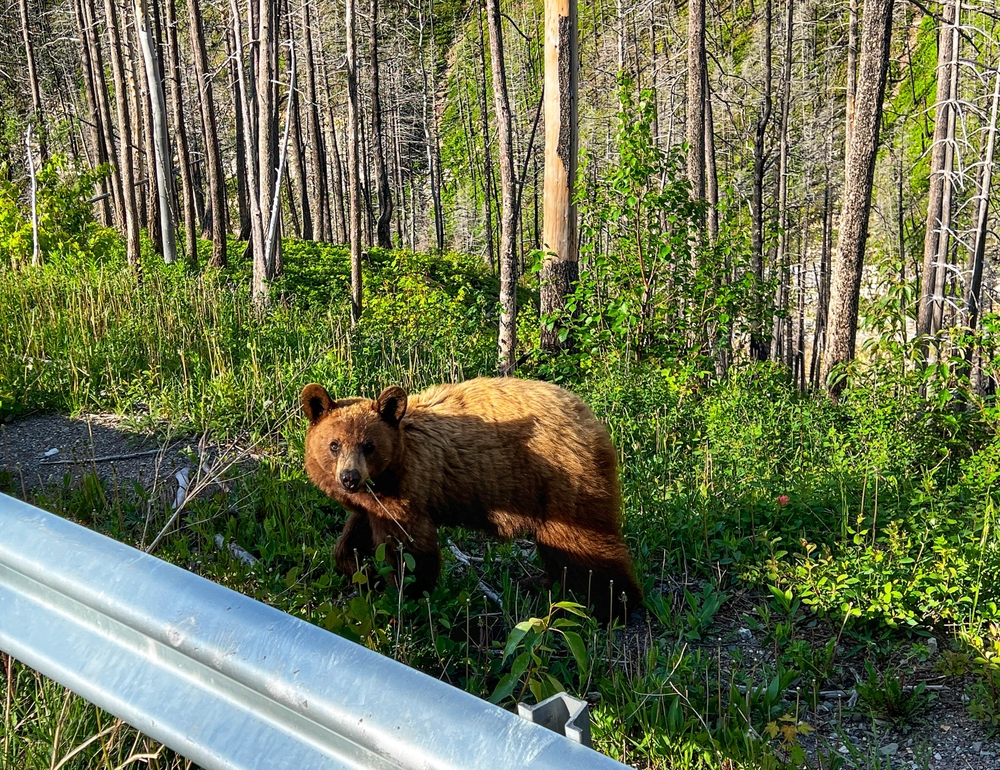
While not common in most cities, bears occasionally wander into urban areas, drawn by the scent of food. These encounters can be extremely dangerous, as bears are unpredictable and powerful. Even smaller species, like black bears, can pose serious risks to humans and pets if they feel threatened or cornered.
10. Wild Boars: Fearless Foragers
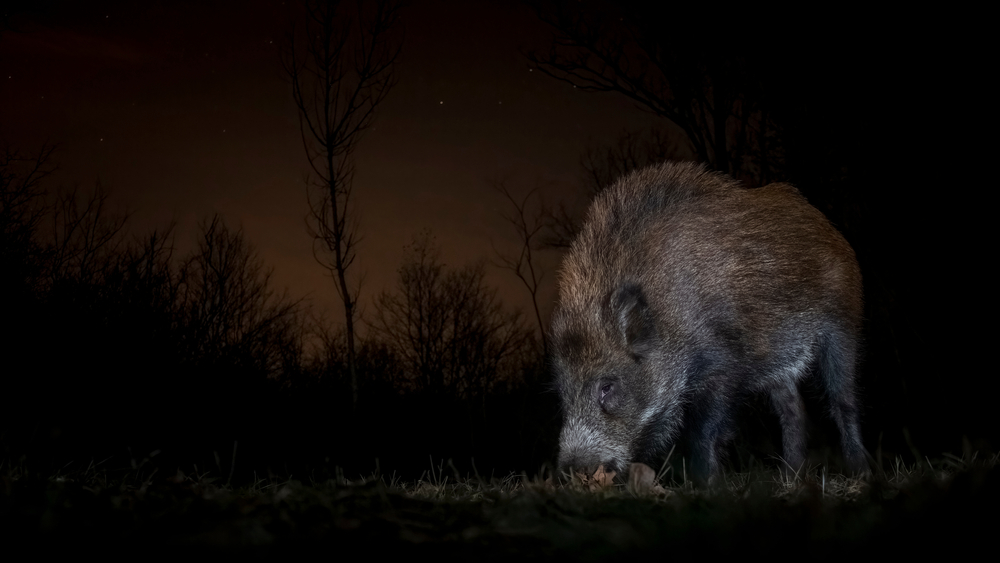
Wild boars have increasingly been spotted in suburban and urban environments, particularly in Europe and parts of Asia. These animals are fearless and can become aggressive when approached. Their sharp tusks and substantial size make them a serious threat, especially to people walking in wooded areas or near parks.
11. Hawks: Skyborne Predators
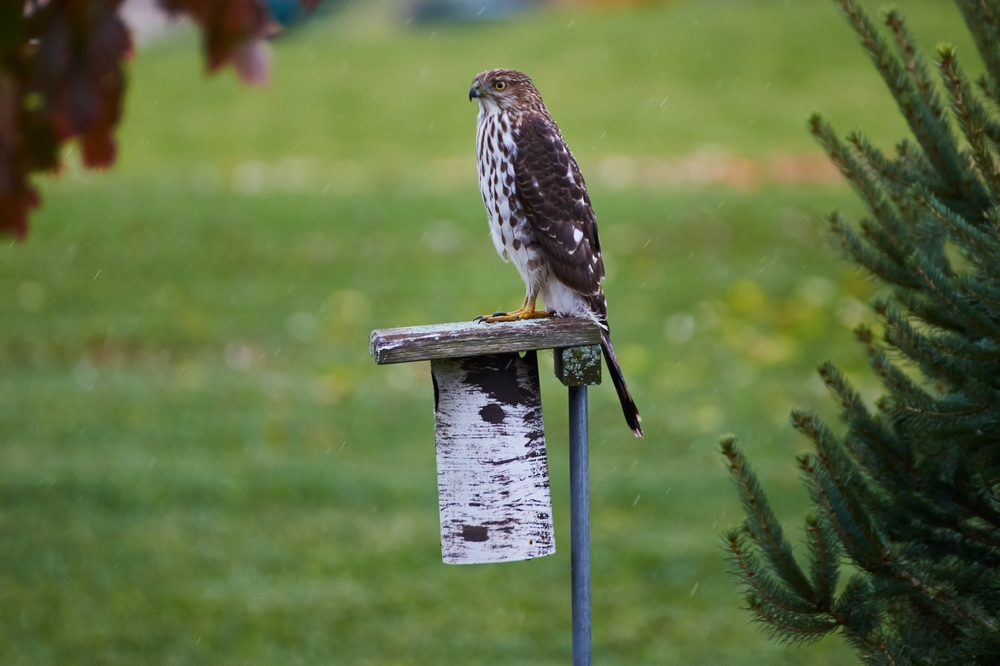
Hawks and other birds of prey are stunning to watch but can become a threat when they target small pets or even mistake humans for competition near their nests. Urban areas with green spaces often attract these raptors, and their sharp talons and beaks mean they shouldn’t be underestimated.
12. Deer: More Dangerous Than They Appear
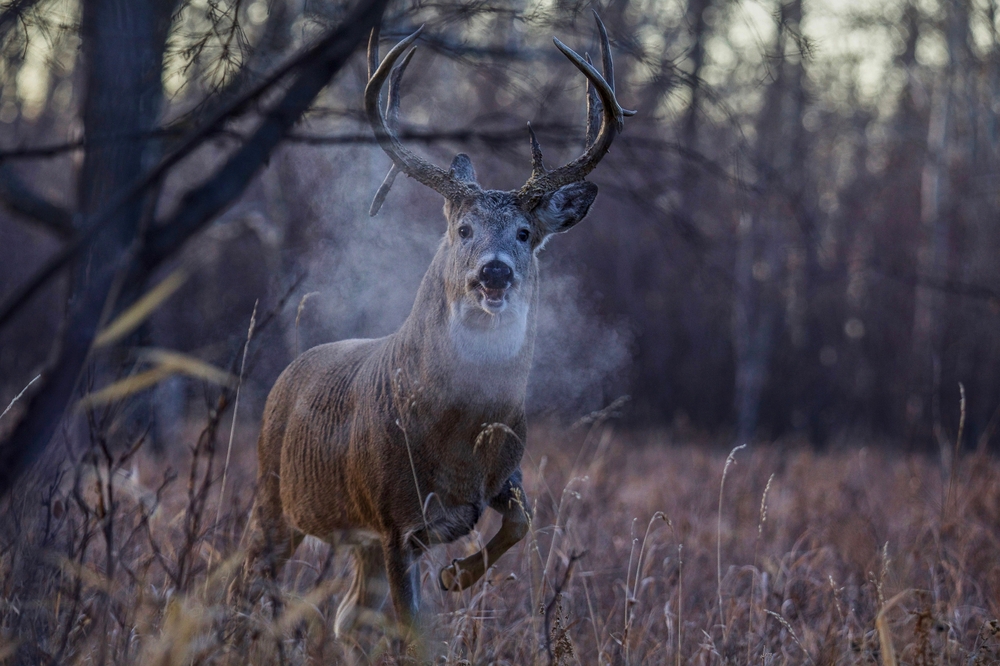
Deer in urban areas might seem harmless, but their presence near roads increases the risk of car accidents. Additionally, bucks in rutting season can become aggressive if they feel threatened. The combination of size and speed makes deer a surprising hazard in suburban neighborhoods.
13. Foxes: Sly and Bold
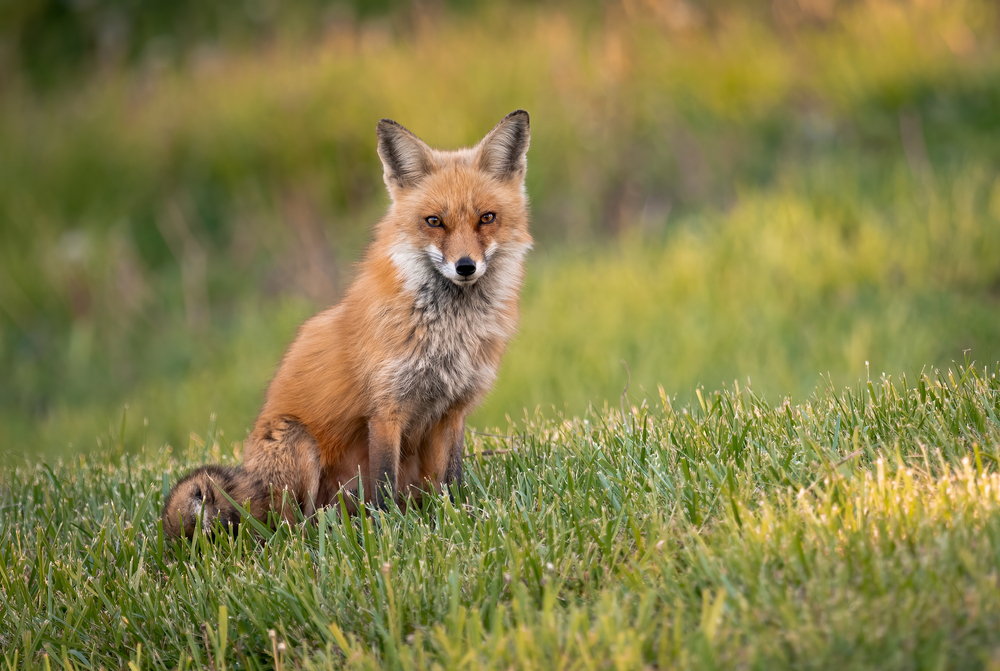
Foxes have adapted to urban living, often scavenging for food in trash bins or gardens. While they’re usually shy, urban foxes can lose their fear of humans, becoming bold and invasive. Their bites can transmit rabies or other diseases, and their tendency to target small pets makes them a concern for animal owners.
14. Alligators: Lurking Near Water
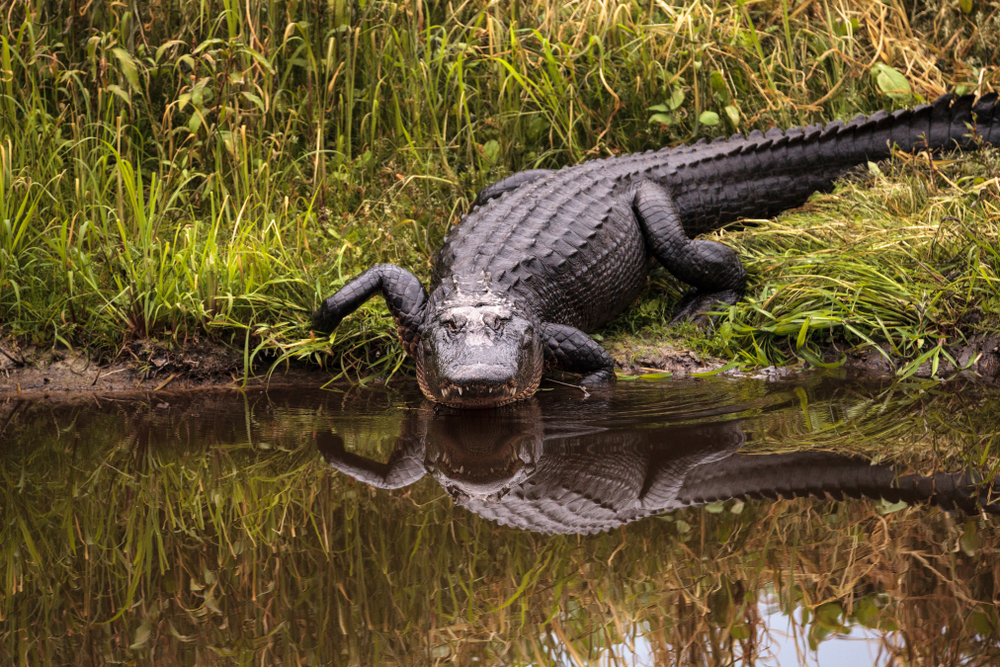
In regions like the southeastern United States, urban areas near wetlands may encounter alligators. These reptiles are drawn to water features, often showing up in backyards, golf courses, or even pools. Alligators are powerful predators and should never be approached, as their speed and strength can lead to devastating encounters.
15. Bats: Silent Carriers of Disease
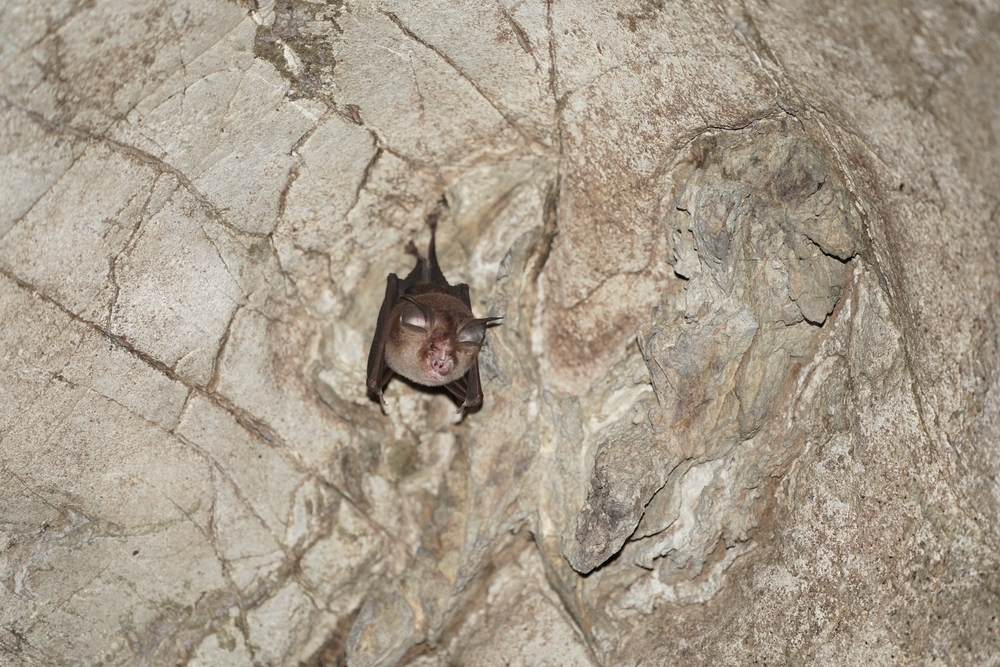
Bats play a vital role in controlling insect populations, but their proximity to humans can pose risks. Urban bats often roost in attics or abandoned buildings, increasing the likelihood of contact with humans. They’re carriers of rabies and other zoonotic diseases, which can spread through bites or droppings, making them a quiet but significant urban danger.
